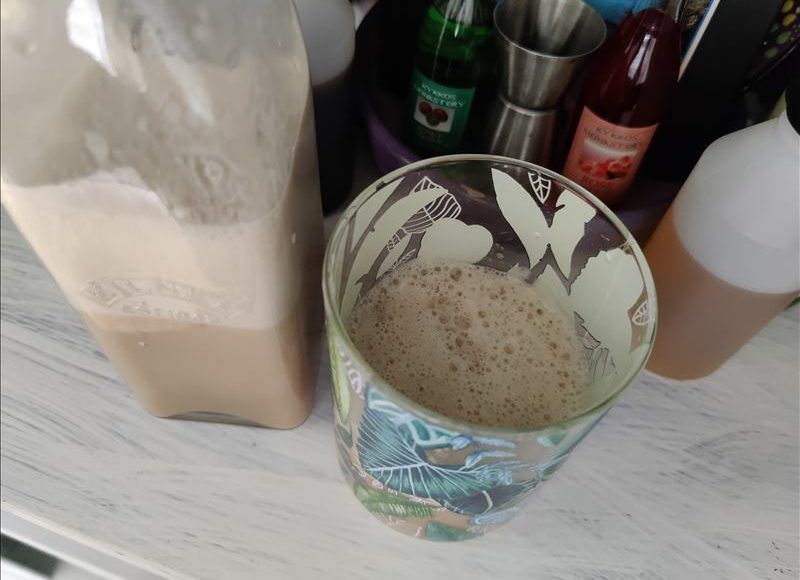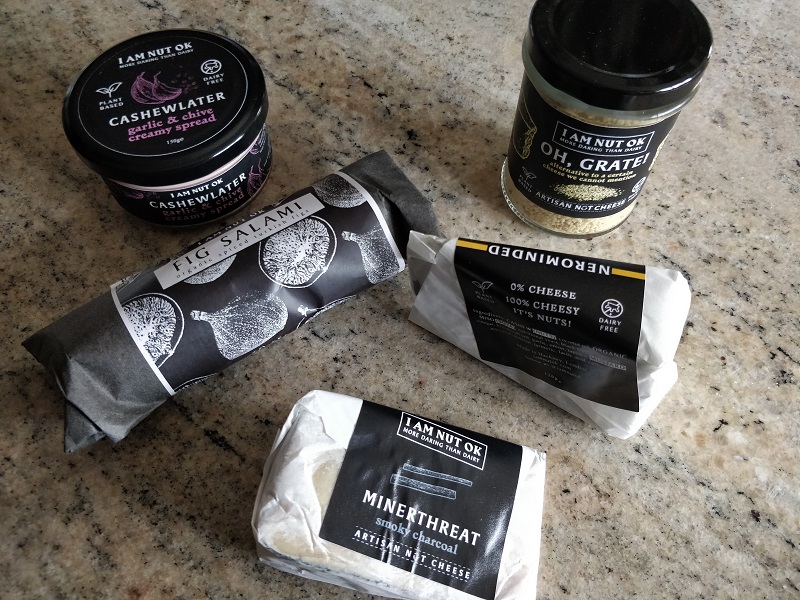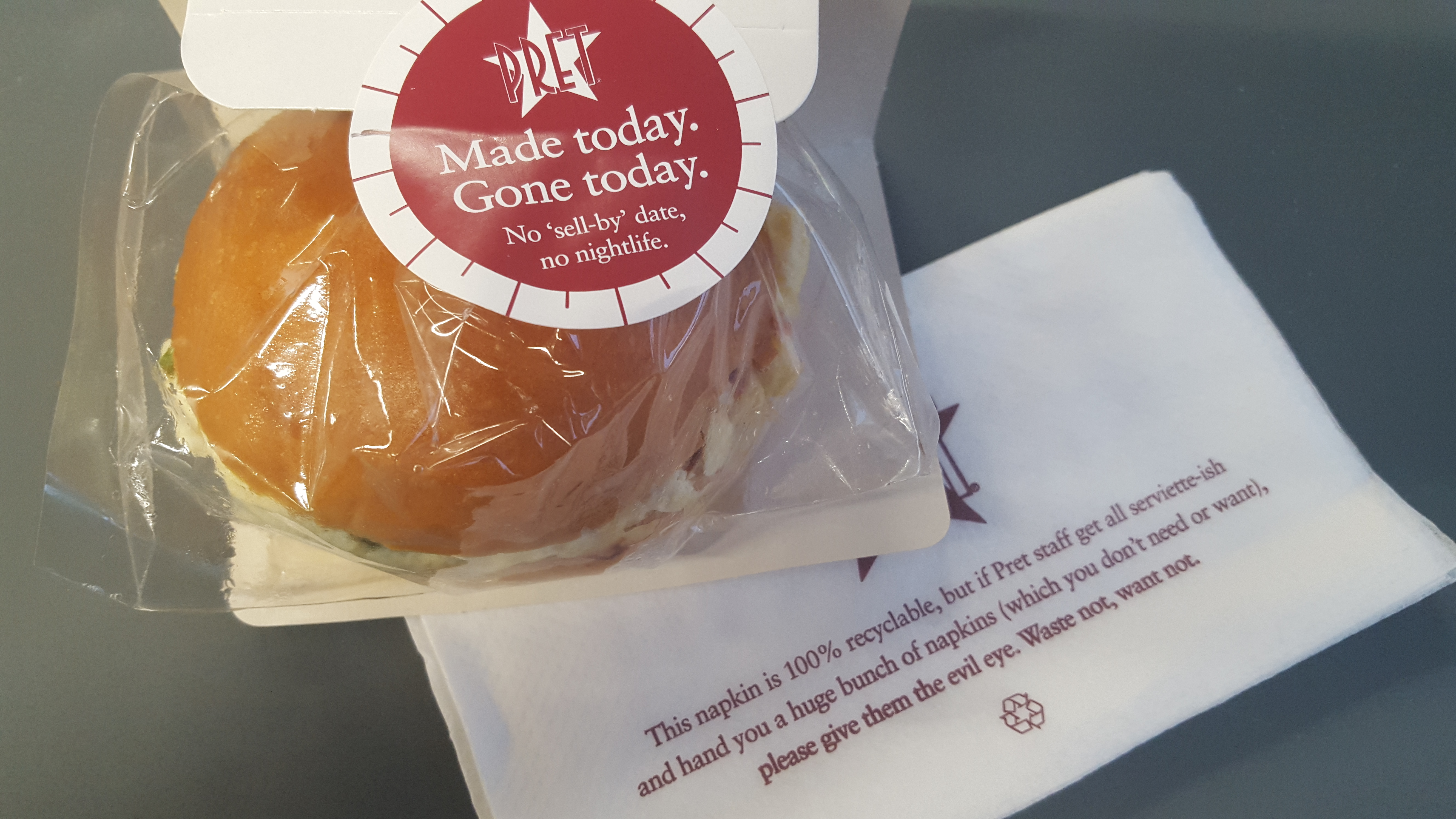Most asked questions about Dom Pérignon Champagne

Pérignon is credited with several significant advancements in Champagne production, including the creation of the method used to produce white wine from red grapes and the practice of mixing grapes to produce superior wine.
As a champagne novice I know very little about this classic luxury brand, so today I am sharing answers to the most answered questions about this well-known luxury brand.
Can Dom Perignon be classified as Grand Cru Champaign?
Dom Pérignon cannot be classified as Grand Cru Champagne despite its reputation. For a Champagne to be considered Grand Cru, it may only be produced from grapes grown in designated “Grand Cru” vineyards in Champagne. Dom Pérignon uses several grapes from Grand Cru vineyards, but the original plot in the Abbey of Hautvillers, which produces Premier Cru fruit, is always included in the mix.
Is Dom Perignon still Vintage?
Regardless of the year, Dom Pérignon is always vintage champagne. That means that Dom Pérignon is only bottled once a year, and each release features grapes from just one harvest season. Since the company values quality above quantity, Dom Pérignon never makes a wine that isn’t from a certain vintage.
Dom Pérignon is not produced every year, so the current Dom Pérignon chef de cave, Vincent Chaperon, will only produce and distribute vintages capable of aging for at least more than nineteen years before they become undrinkable. If the weather is not conducive to producing high-quality grapes, then there will be no vintage. Only about half of the vintages produced each decade are good enough for the company to sell.
Dom Pérignon must age for at least seven years before release, the average age of some is extremely high.
With each vintage, Dom Pérignon releases it three times. The first release is usually made at the age of nine, the second at eighteen, and the third at the age of twenty-five. The wine’s complexity and depth are enhanced by its time in contact with the lees. Most Dom Pérignon bottles are first releases, but if the foil reads “P2” or “P3,” you know it is a second or third plénitude release. Dom Pérignon produces around 5 million bottles annually, and the company has said it is setting aside extra bottles for long-term maturation to keep up with demand.
Can customers get Rose from Dom Perignon?
Yes, you can get a rosé from Dom Pérignon. Dom Pérignon rosé, which debuted in 1959, is often more costly than regular bottles of the brand. Both are Chardonnay, and Pinot Noir blends from a specific vintage.
Who is the director of Dom Perignon?
Lenny Kravitz became the first-ever worldwide creative director and photographer for Dom Pérignon in 2018. The musician created a limited edition bottle makeover, including a patinated, hammered metal label to go with the brand’s rosé and a unique container for vintage 2008 magnum bottles that can also be used as a candle holder. The team worked together to create a Champagne table with space for glasses, bottles, and an ice bucket.





